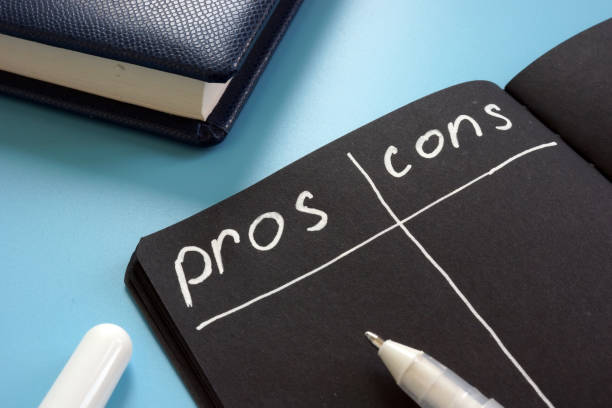To lighten your base color or not to lighten your base color? It’s the soliloquy that many aspiring blondes talk to each other before their hair color appointments. I myself have tried to bump the base and try a lighter and brighter blonde: do I risk things going wrong or sticking to my tried and true highlights? There are certainly advantages and disadvantages to both, even if you are in the critical moment of decision making; it is difficult to consider them rationally. That’s why we reached out to two well-known, trusted colorists — Matt Razz at Wick Salon in Beverly Hills and celebrity hairstylist Sunni Brook — to come up with a simple list of pros and cons.
Want to make a final decision on whether or not to enhance your Pros and Cons base color the next time you visit the salon? To find your answer (along with some helpful blonde tracking tips), keep scrolling
Benefits

1. Less salon time.
When you have a lighter all-over base color, you get out of salon touch-ups faster, says Rez. Without the need to meticulously blend the contrast and dimension of your dark base, you spend noticeably less time in the salon chair on each appointment.
2. You save money.
On that note, it’s also cheaper initially to do a basic bump and a few highlights than to do highlights all over. This will help reduce your cash flow, at least in the short term (explain why it might not be so economical in a second).
3. Ideal for reddish blondes.
Clients looking for a red or strawberry tinted blonde are perfect for a base bump, says Rez. “The unwanted red from a permanent color or any used lift color will become your best friend for creating multi-dimensional reddish hair color,” he explains.
How to break the base when coloring hair

4. It can brighten up the overall look.
If you’re looking to lighten your overall color, a lightened base “can really pop your color or just make it look and feel brighter and softer,” says Brook. As a general rule, Brook recommends a base relief for clients who achieve level four highlights or lighter than their own Pros and Cons base color. Sometimes she even just does a basic lift around their face where the sun would naturally hit to give an overall lit effect.
The inconvenient
1. Color may turn brassy.
Permanent color can oxidize quickly, giving your blonde an unwanted warmth, no matter what natural color you started with. “Natural hair color doesn’t matter when it comes to unwanted warm tones,” says Rez. “Over time, with oxidation, darker brunettes will see red, the lightest brunette to dark blonde will see orange, and light blondes with a base will see yellow or yellow-orange. Bottom line: When you go blonder, “if you’re not looking for an intentional warm color result, permanent color isn’t for you!” Said Ground.
2. More frequent salon visits.
With a raised base, you’re looking for a harder line with regrowth, so you’ll have to get to the salon earlier for root touch-ups. (When I had a raised base I was in the salon every six weeks. Now that I’m back to my natural base and have smoother growth, it’s more like every three to four month.)
Tips for tracking
If you decide to lighten up your base, here are some key aftercare tips our experts recommend.
Visit the salon every six weeks or so for a refreshing shine treatment to help tone and keep your color looking fresher longer.
Steps to take at home include using a purple shampoo to combat brass and changing your shower head to minimize the risk of hard water damaging the color. “I love Milkshake’s purple shampoo and conditioner,” says Brook. “This product is great even if you have naturally blonde hair, as it will brighten up your color and make it shine.” Brook also recommends that its customers obtain the shower head and filter from T3. “It will extend the life of your color (not to mention the skin benefits!) because it will protect your hair from minerals in water and old pipes,” she says.
